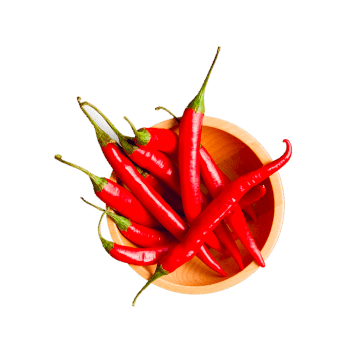

Fava Bean Snacks that start in a pod and are roasted to crunchy perfection! All natural and 14 grams of plant protein to become your new FAVArite snack.

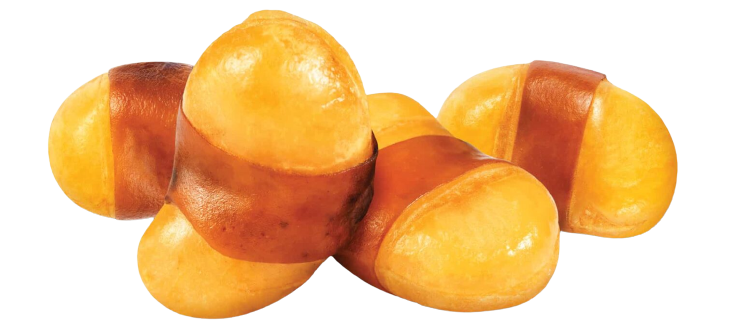
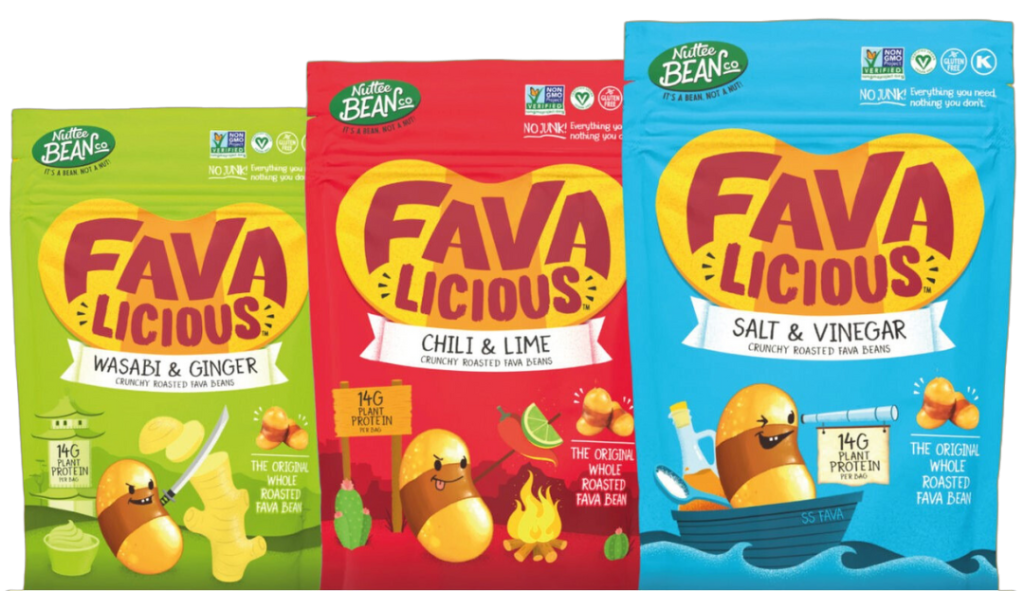
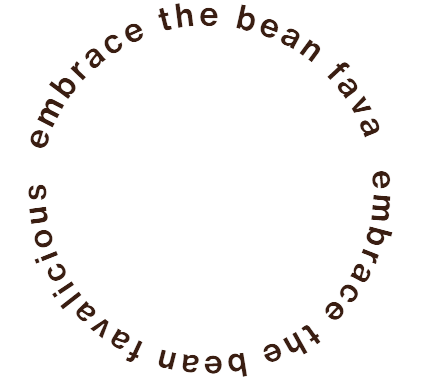

Our Favalicious beans have a great nutty flavor, but they’re produced in a dedicated fava facility and we can guarantee they’ve never even met a peanut. I wonder if they’d get along…

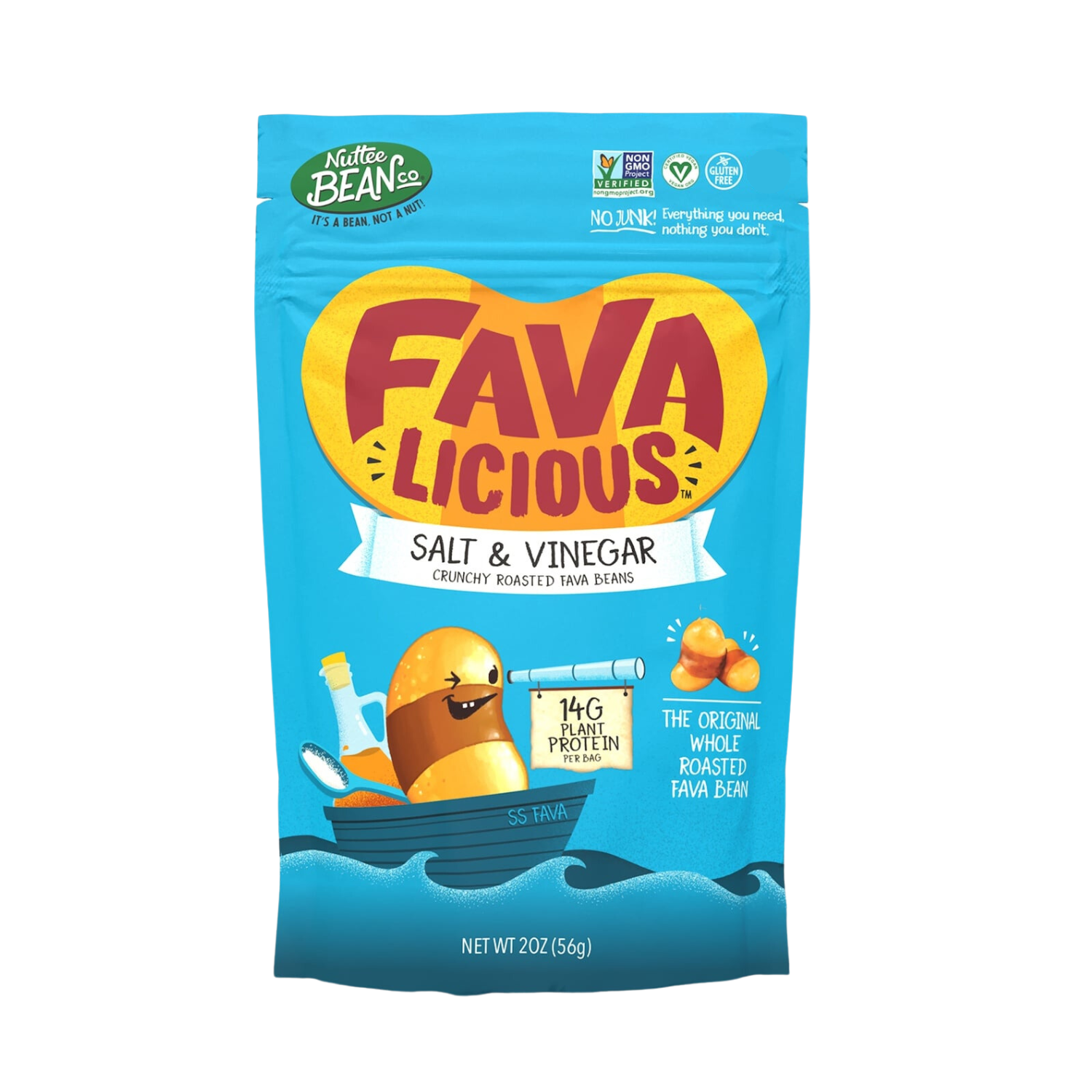
An old school classic, not a has-bean!

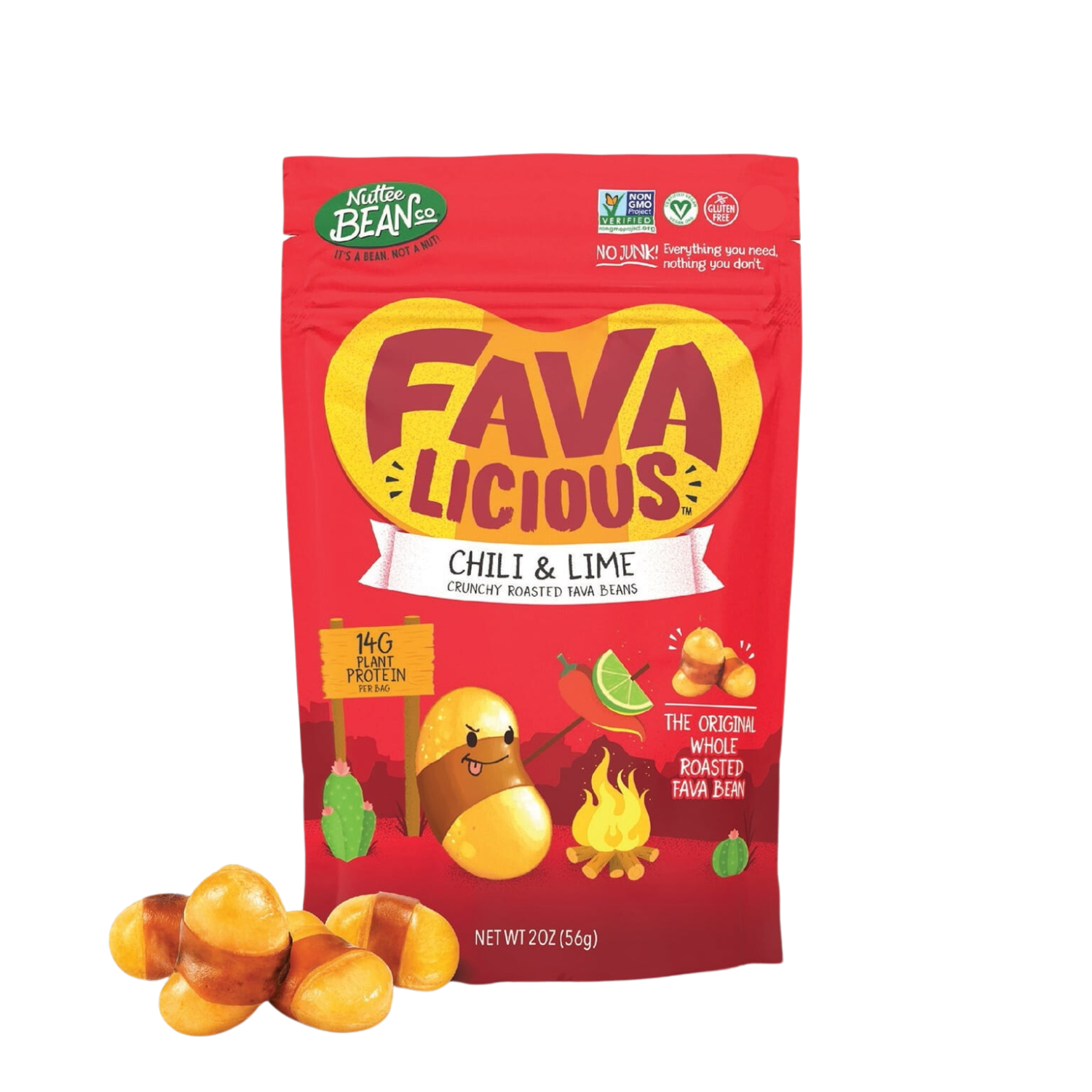
Is it getting hot in here? The lime arrives just in time to put out the fire starting in your mouth!


A BEANORMOUS wasabi punch to the taste buds (in a good way), soothing ginger to make it all okay again.


Fava Bean Snacks that start in a pod and are roasted to crunchy perfection! All natural and 14 grams of plant protein to become your new FAVArite snack.

Nuttee Bean Co. TM are determined to make you eat your vegetables. We produce snacks that are delicious, nutritious, vegan, gluten free, all
LEVEL UP your snacking GAME with 14 GRAMS of PLANT PROTEIN per bag Favalicious is the fava bean, no-junk, high protein snack you need to power through the day.


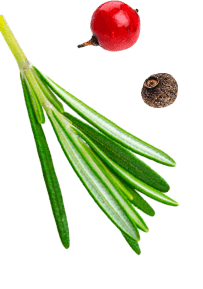
Nuttee Bean Co. TM are determined to make you eat your vegetables. We produce snacks that are delicious, nutritious, vegan, gluten free, all natural, affordable and allergy friendly – there’s nobody who can’t enjoy our products! Our Favalicious beans have a great nutty flavor, but they’re produced in a dedicated fava facility and we can guarantee they’ve never even met a peanut. I wonder if they’d get along…
Sign up to get our Newsletter for new recipes, nutritional information and coupons. It’s a Revolution in Snacking! Favalicious®!